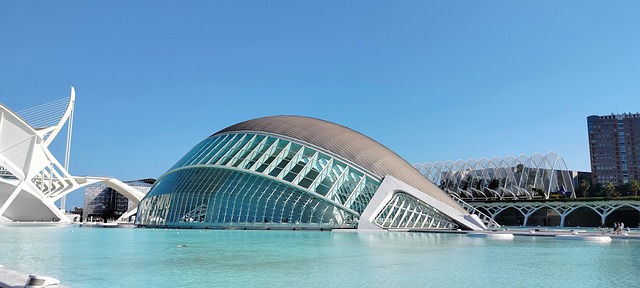In the rapidly evolving landscape of technology, immersive navigation stands at the forefront of innovation, allowing users to explore virtual realms with unparalleled depth and interactivity. As the boundaries between the physical and digital worlds blur, augmented reality (AR) and virtual reality (VR) offer immersive experiences that are both transformative and exhilarating. Navigating these virtual spaces can evoke a sense of wonder and discovery, akin to embarking on a unique adventure.
Imagine walking through a bustling medieval market while standing in your living room, with AR overlays providing historical context and interactive elements. This is the magic of augmented reality; it enhances our perception of the real world by adding layers of digital information. With immersive navigation, users can interact with 3D models of ancient artifacts or visualize complex data in real-time, making learning and engagement more dynamic than ever.
Shifting gears to virtual reality, the experience is taken a step further. When you don a VR headset, you step into a completely different realm. Here, immersive navigation becomes a fully enveloping experience, allowing you to traverse stunning landscapes, explore fantastical worlds, or even participate in collaborative workspaces with people from around the globe. The feeling of presence in virtual environments is so profound that it can evoke genuine emotions, inspiring creativity and collaboration across various fields.
The metaverse, a term that has gained significant traction, represents the next evolution in immersive navigation. It combines elements of VR, AR, and even social interaction to create expansive digital universes where people can connect, create, and share experiences. In the metaverse, users can customize their avatars, socialize with friends in real-time, or attend concerts that blend immersive visuals with auditory masterpieces. The possibilities are virtually limitless, fostering a sense of community and belonging in ways previously imagined only in science fiction.
As we continue to delve deeper into these technologies, the applications of immersive navigation are beginning to surface in diverse industries—from education to healthcare. Imagine medical students practicing surgeries in a risk-free VR environment or architects visualizing buildings in AR before they’re even built. With each advancement, the way we navigate, interact, and learn is being redefined, emphasizing the joy of exploration and the thrill of discovery.
Moreover, with ongoing improvements in user interfaces and accessibility, engaging with AR and VR has become more intuitive, allowing an even broader audience to embrace these immersive experiences. From young children discovering the wonders of science through interactive AR applications to gamers exploring mesmerizing virtual worlds, immersive navigation is inspiring a new generation to think beyond traditional boundaries.
Thus, it is clear that immersive navigation is not merely a technological advancement; it is a gateway to new realities, unlocking experiences that were once relegated to the realm of imagination. As we journey further into augmented and virtual realities, the essence of human connection, creativity, and exploration will continue to thrive, shaping the future of how we navigate our world and beyond.



